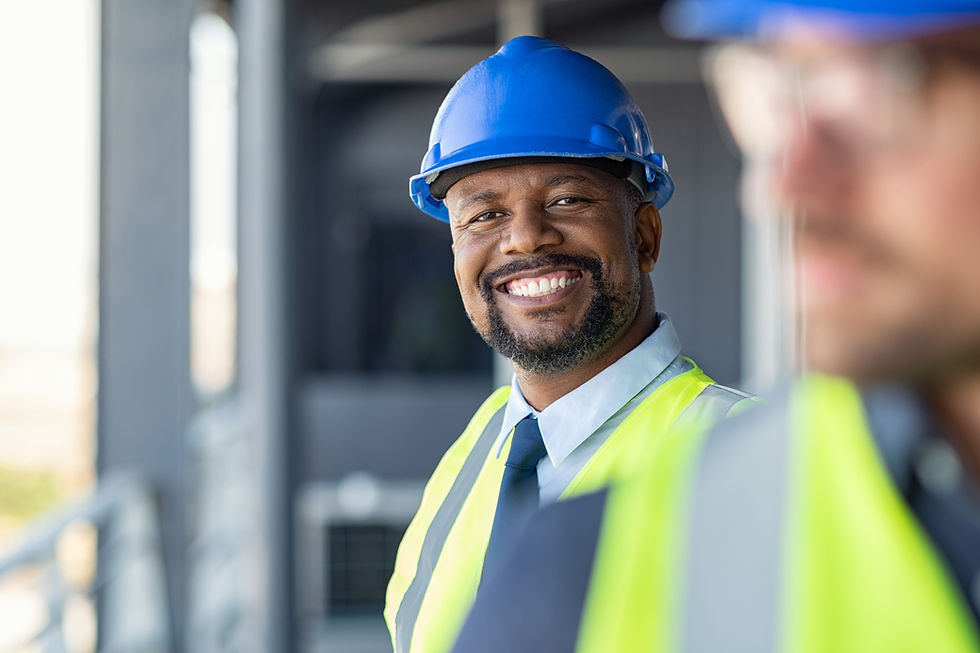The Importance of Personal Protective Equipment in the Workplace
- drewh83
- Jul 28
- 2 min read
Staying safe on the job starts with one simple but powerful step: wearing the right personal protective equipment (PPE). PPE minimizes exposure to physical, environmental, chemical, and biological hazards, creating a safer work environment for everyone. Whether you’re on a construction site, in a manufacturing plant, or working in a laboratory, having the correct gear can prevent injuries and save lives.

Why PPE Matters
Before selecting PPE, it’s essential to assess the job at hand and identify potential hazards. Are there moving objects in the area? Exposed electrical connections? Harmful dust, chemicals, or excessive noise levels? Each of these risks requires a different type of protection, and using the wrong gear—or none at all—can lead to serious injury.
The golden rule of PPE: It only works when it’s right for the job and the environment.
Common Types of PPE
Clothing and Footwear
Protective clothing covers the largest portion of your body and shields you from multiple hazards. Items like aprons, lab coats, reflective vests, coveralls, lead aprons, thermal wear, and cold-weather gear are all examples of clothing designed to keep workers safe.
Equally important is selecting the right footwear. Safety shoes or boots can guard against sharp objects, falling materials, hazardous substances, and slippery surfaces. Always match footwear to the specific hazards of your worksite.
Hand Protection
Hands are often the first line of contact with potential hazards. Gloves provide a simple yet critical layer of defense against chemicals, cuts, punctures, and abrasions. They come in various materials, styles, and sizes—some even customized for specific industries. Proper fit is key: oversized gloves can impair dexterity and increase the risk of accidents.
Head and Eye Protection
Hard hats are essential when working around overhead hazards such as falling objects, low ceilings, or exposed electrical conductors.
For eye protection, safety glasses, goggles, and face shields safeguard against chemical splashes, flying debris, dust, and other airborne hazards. Preventing eye injuries—even potential blindness—starts with wearing the correct gear every time.
Hearing Protection
Work environments with high noise levels can cause permanent hearing loss over time. While reducing the noise at its source is ideal, that’s not always possible. In these cases, earplugs or earmuffs should be worn to maintain safe noise exposure levels.
Final Thoughts
Personal protective equipment isn’t optional—it’s a necessity. By properly assessing risks, choosing the correct gear, and using it consistently, you help ensure not just your safety, but the safety of everyone around you. The next time you step onto a job site, ask yourself: Do I have the right PPE for this task?
Your safety depends on it.







Comments